Producer | Academic | Tech Designer
Studio Games
The following are all indie games I have worked in studio contexts with teams of varied disciplines.
All projects have closely followed the game development lifecycle from concept to release, hitting all main milestones (prototype, V-Slice, Alpha, Beta, RC) and have implemented an AGILE methodology (Scrum, Kanban or simplified agile at scale such as Scrum of Scrums or Nexus).

Unnanounced Live-Service Game
Thunder Blossom Games
Asymmetric Multiplayer Horror | Unreal 5 | PC | Size: 54
This is my greatest initiative to-date; Starting off as a team of 7 people, we grew to 54 by recruiting past graduates who aren't fortunate enough to have found a job in games to give everyone a fighting chance to get in the games industry.
This project is using scaled agile (Nexus) through 8 different feature teams (dev) plus a kanban-managed Ops team. The game is set to be developed as a live-service title. We currently have Steam & Epic integration and are using Jenkins for our CI/CD solution. The team has matured in terms of "agility" over the past couple of months.
This game's primary playtesting group was a logistical challenge as it had to be done online, supervised and through use of Dev accounts on EGS. We managed to hit 150% of our planned testing quota within only a week.
Far Apart Studio
Online Multiplayer FPS | Unreal 5 | PC | Size: 7
Far Apart Studios was coached on SCRUM methodology while the game project was developed concurrently. After working with all additional agile ceremonies successfully, the team showcased an average of 50% increase in productivity and task completion on Jira. Further to this, the QA process which was always a massive delay nearly doubled in speed after the first 3 sprints due to a new dashboard that was added on Jira. The studio had a successful online testing phase with steam integration and is currently working towards an early access release on Steam.
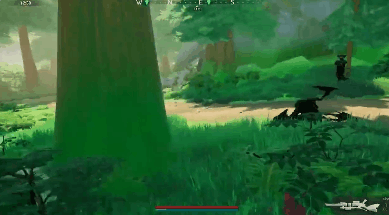
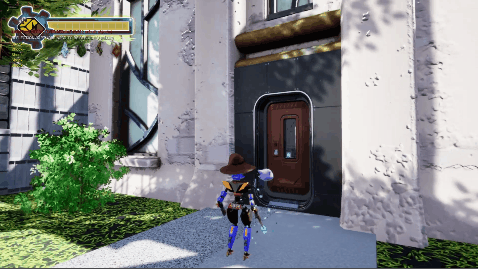
Lunar Panda Studios
3D Platformer | Unreal 4 | PC | Size: 43
Equi & Aca is a game that was crippled with indecision from the design leads. It was incredibly tough to nail the core idea of the game down, creating a massive list of dependencies that would ultimately cut scope from the game, primarily levels. This was fixed after nominating 3 developers acting as Directors above the pre-existing Leads to cut down on indecision and speed up coordination between the leads.
If that wasn't enough, the level design process was slow but after implementing a feature team-like pair system with Level Design and Environment Art not only did we get levels done fast, but we also added the cut scope back in the game.
Thunder Blossom Games
Co-Op Puzzler | Unreal 4 | PC | Size: 16
TB Studios had its' share of problems - Lack of proper game design documentation and lack of a project roadmap. We had no idea what the end result would look like! So, since the game concept was rather simple, development followed a tough iterative process where we let the initial vision, that being a coop puzzle experience guide the way towards the game's alpha build. On every sprint, we would complete the typical retro rituals that would allow us to evaluate progress, come up with a rough plan for next week and decide to go beta when we felt it was a good call.
Turns out, in a low stakes environment like an indie studio, having no clear goal is not the end of the world, because every week new mechanics and systems would be added, leading up to a nicely polished game. Scope played a huge part on this and that's exactly what helped us not get derailed. We also had a meticulous risk policy that helped us forsee technical problems before they even happen.
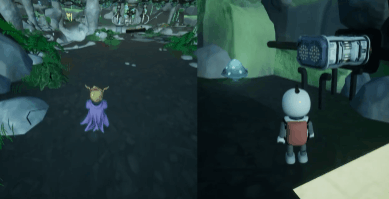
Cherry Tree Games
Escape Game | Unreal 4 | PC | Size: 50

While we had a large team to manage, the twist was that we had no programmers. And the game was to be done on Unreal Engine with Source Control with people who never worked with each other. The solution was to delegate source control duties to level designers who would have to manage the maps anyway while the game design team converted to a tech design team handling all BP implementation of the game's mechanics.
Secondly, there was a general fear of the game either not being fun or not looking polished enough. We then proactively encouraged the UX team to complete 3 tasks on a weekly basis: (1) playtest the game with the goal of spotting any QoL or UX improvement, (2) Conduct a studio-wide UX survey where devs would identify weak areas every week and (3) write improvement feedback directly to each of the other teams (Game Design, Level Design, Narrative, Prop Art, TA etc). This 3-part solution helped massively in regards to the game's polishing value as well as overall quality.
Digital Sushi
2D Isometric Action Game | Unity | PC | Size: 17
We faced 2 challenges with Digital Sushi. First, the studio had to be managed completely remotely due to covid-19 pandemic. Secondly, the game's build had to be <64kb including all assets. While it originally felt as a stretch, after "enforcing" mandatory bonding sessions the studio morale skyrocketed and communication was actually a lot better than actually being on-site.
While regarding the build, we used robust file optimization completely minimizing our script size to <40kb while using the remainder for 8bit graphics. While for sound, we generated all game sounds after writing a custom synthesizer in-game.

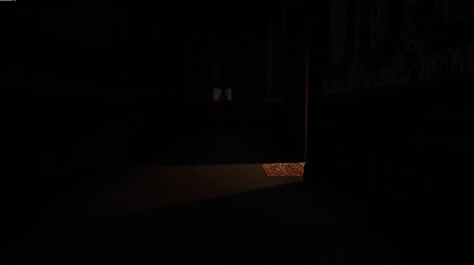
Lunar Panda Studios
Horror | Unity | PC | Size: 42
Major technical conflicts on GitHub would result in people losing work. A merging process involving merge timeslots per team would be implemented leading to more control over the build process leading to higher and faster build times with less tech conflicts.
Another big pain was a very strong interpersonal conflict created during a meeting, during which a developer momentarily left the studio. The conflict involved conduct of unprofessional behavior that would be classified as bullying. It was later resolved by mediating with the two parties, reshuffling the studio teams, and ensuring all meetings were now supervised by the producer.
Mysteric Studios
RPG | Unity | PC | Size: 17
The RPG scope involving multiple quests in an open-world game immediately overwhelmed the studio, leading to low morale. This was improved after introducing the team to a plan to adaptively increase scope based on productivity. This meant that the game would have an "AGILE" story instead of having a distinct story that could, in theory, finish in 1, 2 or more chapters. The ending would be adapted based on the studio's velocity. So we did manage to complete 3 biomes with dungeons with a story concluding at the end of the 3rd completing a short RPG experience.
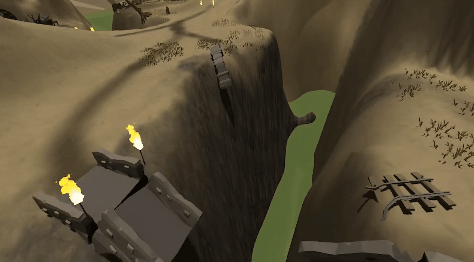
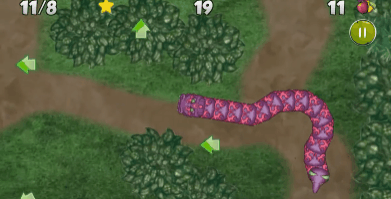
Genesis Game Studios
Arcade | Unity | PC & Windows Phone | Size: 5
This game is a testament to persistence and converting failure to success. While originally being designed as an RPG-variant of Snake featuring action-oriented combat and retaining snake-style movement, it failed to translate properly to mobile inputs and it was shelved.
However, after a couple of months of hiatus, the team worked on the game again, cutting any RPG-related content while keeping the traditional elements in and repurposed all 60 designed levels to accomodate the traditional movement scheme which would simplify the game but with the benefit of being released on a Microsoft Store.
Thunder Blossom Games
2D Metroidvania | Unity | PC | Size: 14
Thunderblossom games team had massive communication issues. Some of the work would not be handled properly on source control while some other work would never get pushed properly. The teams lacked an overall programming direction, leaving them with a chaotic folder structure, too many duplicates of the same scenes, and an inconsistent coding style.
Naturally, this would cause issues in the long run, so to remedy those issues, we first tackled communication, as we found out that the teams were using their own private chatrooms per department without cross-departmental collab happening.
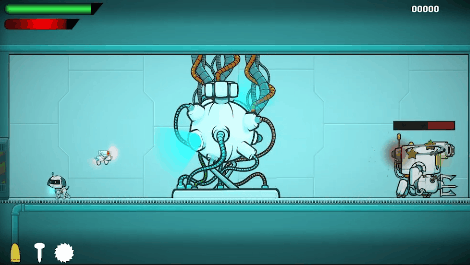
Further to this it was found that the leads wouldn't coordinate amongst themselves prior to a release, leading to too much un-integrated work that added a lot to their workload on a merge day. The suggestion was to open up all channels publicly and establish new channels for cross-departmental work. This seemed to unclog the communications greatly as more pre-task meetings would now take place and specific POCs would be appointed per department to strengthen the cross-departmental links.
2 weeks later, conflicts dropped by almost 80% and build speeds improved by about 150%! This had the leads coordinating a lot more before and after a build hitting 2 birds with one stone. This just highlights the importance of communication in a larger, technically oriented team.
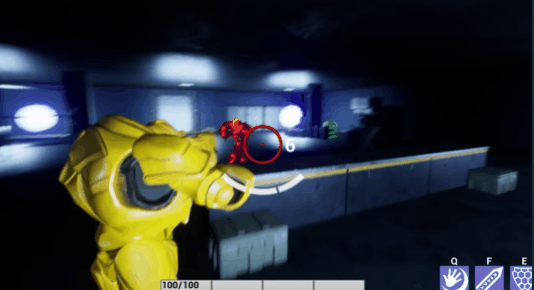
Shellshock Gameworks
FPS | Unreal 4 | PC | Size: 7
The game started with a small team that would go ahead and create an incredibly ambitious hero-shooter FPS scope that would prove to be unfeasible in the long run. A prioritization exercise using Planning Poker Technique seemed to help the team unclog their productivity, and release a small game that really showcased the best possible value, thus safeguarding the team from scope cuts or feature creep while quality was not compromised.
BLKOUTSTUDIOS
Escape Game | Unity | PC | Size: 3
Smuggler's Cave was a very thematic escape room experience featuring a lot of puzzles in a lot of different rooms. While development concluded nicely, once the alpha was released and testing started, defects were discovered or triaged at a much slower rate, which had the potential of ruining the beta release and in extent the final release of the game. The addition of a "Debug Mode" in the game on alpha ensured that the programmers could rapidly add or remove items to inventory, enable flythrough modes or instantly travel to given puzzle areas, which did speed up the defect identification process by about 60%.
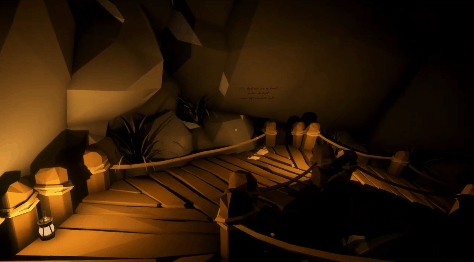
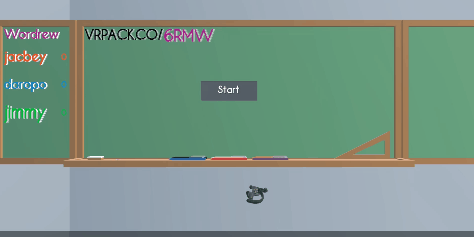
Stack Interactive
VR Party Game | Unity | PC | Size: 5
This game had an overly complex tech back-end to host local multiplayer games added on top of the VR layer. A problem that was definitely solved by incremental Technical Design. On top of the original architecture design that was done in Pre-Production, every single task would be accompanied by a set of tech dependencies that would progressively be added to the grand design with every new release cycle, leading to a much more manageable chunk of tech work.
In addition, we implemented pair programming which both improved team bonding as well as reduced overall defects by about 60% because code reviews & functional testing would be directed by the "navigator" live on-call.
Astro Chimp
VR Puzzle | Unity | PC | Size: 5
These Lands has highlighted the significance of being proactive. While the scope of the game was relatively simple, an early shout and constant posting to social media such as Reddit or Twitter would generate a much bigger than anticipated player base, peaking at 100 completed external playtests within 1 week.
In a similar fashion, the technical infrastructure was developed earlier and rapid prototyping highlighted weaker and stronger design decisions, which helped us move quicker to a direction.
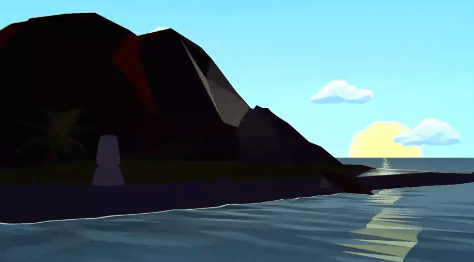
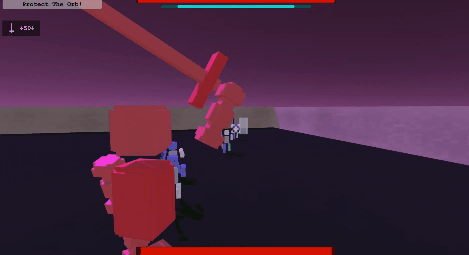
Bluish
Brawler | Unity | PC | Size: 4
The BLOCC team had issues with tracking work, as they couldn't actually give a percentage of work completed versus work scheduled. This was immediately remedied by forcing the entire team to iterate on their WBS at the end of every weekly sprint, which would help manage scope by cutting or updating work packages while very clearly being able to tell how far they are in development and how much they have left through clear visualizations. The tool that helped massively with this was Miro.
BLKOUTSTUDIOS
Walking Sim | Unity | PC | Size: 4
The challenge with Hacktivist was the ignorance of proper risk assessment which would later on lead to risk mismanagement. The team would be at risk of not completing their intended narrative, which could not be compromised, given the nature of a walking sim. The crisis was averted with the enforcement of "Risk" items added to every single task. Instead of observing a risk register, the team thus took care of any new risks simply because they were mentioned in the same task on JIRA.
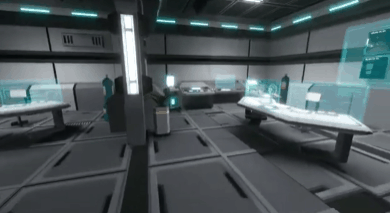

Axion
Whodunnit Mystery | Unity | PC | Size: 6
An issue immediately spotted with Axion was the fact that the team delivered builds in a very late, almost rushed manner, and with bugs. This needed to be remedied quickly because we would be constantly and consistently getting late builds that would take hours upon hours to complete and have all weekly tasks integrated. It was the prime reason for delays and defects!
The method that we tried and worked was implementing a mandatory set of "work days" and a mandatory set of "review / build days" where the team would either focus on working on new tasks OR work on integration, merging and building the actual work. This not only improved the building process, but also led to much more stable builds!